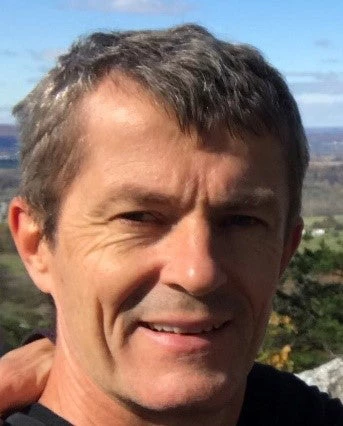 Hand taking money card out of machine.
Hand taking money card out of machine.
The Middle East and North Africa (MENA) region has a fixation with subsidizing consumer goods, particularly water, food, and energy. Subsidies are often introduced to protect the poor and vulnerable, but their effectiveness in reducing poverty is limited. Subsidies that are meant to protect the poor typically benefit the middle and richest classes more. This has been well established for energy subsidies.
But even for food subsidies, the leakage to the non-poor tends to be extensive. In Egypt, the food subsidy system covers most of the poor, vulnerable, and middle-income groups, and while targeting has improved, still more than half the households in the richest 20% receive benefits. In Tunisia, the per capita amount of food and energy subsidies received by the most affluent is three times the amount received by the poorest households.
Subsidies artificially lower prices which causes substantial economic distortions. In the face of high international prices for cereal for instance, artificially low prices for bread lead to overconsumption as demand is higher than it would have been otherwise. Food subsidies misdirect investments on the production side and incentivize the creation of shadow markets. Fuel and water subsidies lead to inefficiencies by failing to give consumers as well as firms the right signal to reduce their dependence on these products. This in turn affects economic competitiveness and reduces the adoption of cleaner, more efficient technologies.
Subsidies impose a heavy, and with rising international prices, increasing fiscal burden and divert already strained public resources away from priorities like investments in health and education. A country like Egypt spends about 1.4% of GDP on its food subsidy program and 2.6% on energy subsidies (Egypt Social PER and IMF, data for 2020) . In 2021, the Tunisian government spent about 1.7% of its GDP on food subsidies and 2.5% on energy subsidies (Ministry of Finance, 2022).
Despite the shortcomings of subsidies, subsidy reform is rarely popular with decision makers, not in the least because citizen fail to understand the rationale for reform. An often-heard argument is that abolishing subsidies might lead to riots. As people who are more well-off benefit the most from subsidies, and as they have voice and the ability to organize protests, this is an understandable concern for political leaders.
There are, however, approaches that make subsidy reform palatable, even for the middle class. One way is to replace the subsidy with a cash transfer to (almost) all citizens. A uniform transfer in lieu of subsidies is easy to explain, relatively easy to implement, is progressive (poor people benefit more, relatively, as their incomes are lower) and, unlike transfers targeted solely to the poor and vulnerable, accommodates middle class concerns.
When such reforms are associated with communication campaigns to explain the need for change and public dialogue, the likelihood for success is even greater. The introduction of a uniform transfer scheme leads to financial deepening (beneficiaries will need bank accounts), and, once a universal transfer scheme is in place, can be used to facilitate other reforms, such as the introduction of carbon taxes, or taxes on sugar and tobacco.
These ideas are not new. A recent World Bank study explores outcomes of universal basic income, and there are many academic articles on the subject. Within the region, Iran already followed this rule book. In 2010 the Government of Iran announced that it would largely abolish energy and bread subsidies. Instead, it deposited, even before the reform started, 445,000 Iranian rials per person (USD$40 in 2011, USD$90 in purchasing power parities (PPPs)) in the existing or newly created bank accounts of all registered individuals.
The amount was made immediately available on the day of the subsidy reform, so the reduction of subsidies and the payment of compensations coincided. This reform was widely accepted even though the price of gasoline rose by 400%, diesel by 900% and bread prices doubled. Because the 2010 price reform lacked an automatic price adjustment mechanism, subsidies returned and, in May this year, the Iranian authorities repeated the approach, now targeting the cash transfer to the first nine income deciles.
The Iran case illustrates that subsidy reform with the right compensation can be accepted by the population at large, and that, once the infrastructure is in place, it can be used repeatedly. Like Iran, Jordan implemented similar subsidy reforms in 2015 with extensive compensation to about two-thirds of the poorest households, with equal success. More countries in MENA should learn from these experiences and consider whether large short-term compensations can make price reforms palatable.
It is always tempting to postpone hard decisions. But post-COVID public spending is under strain, and with elevated international food and fuel prices, many governments can no longer afford to not reform their public expenses. With universal transfers as alternative, there exists a realistic path to wean MENA’s economies off their subsidy dependency.




Join the Conversation